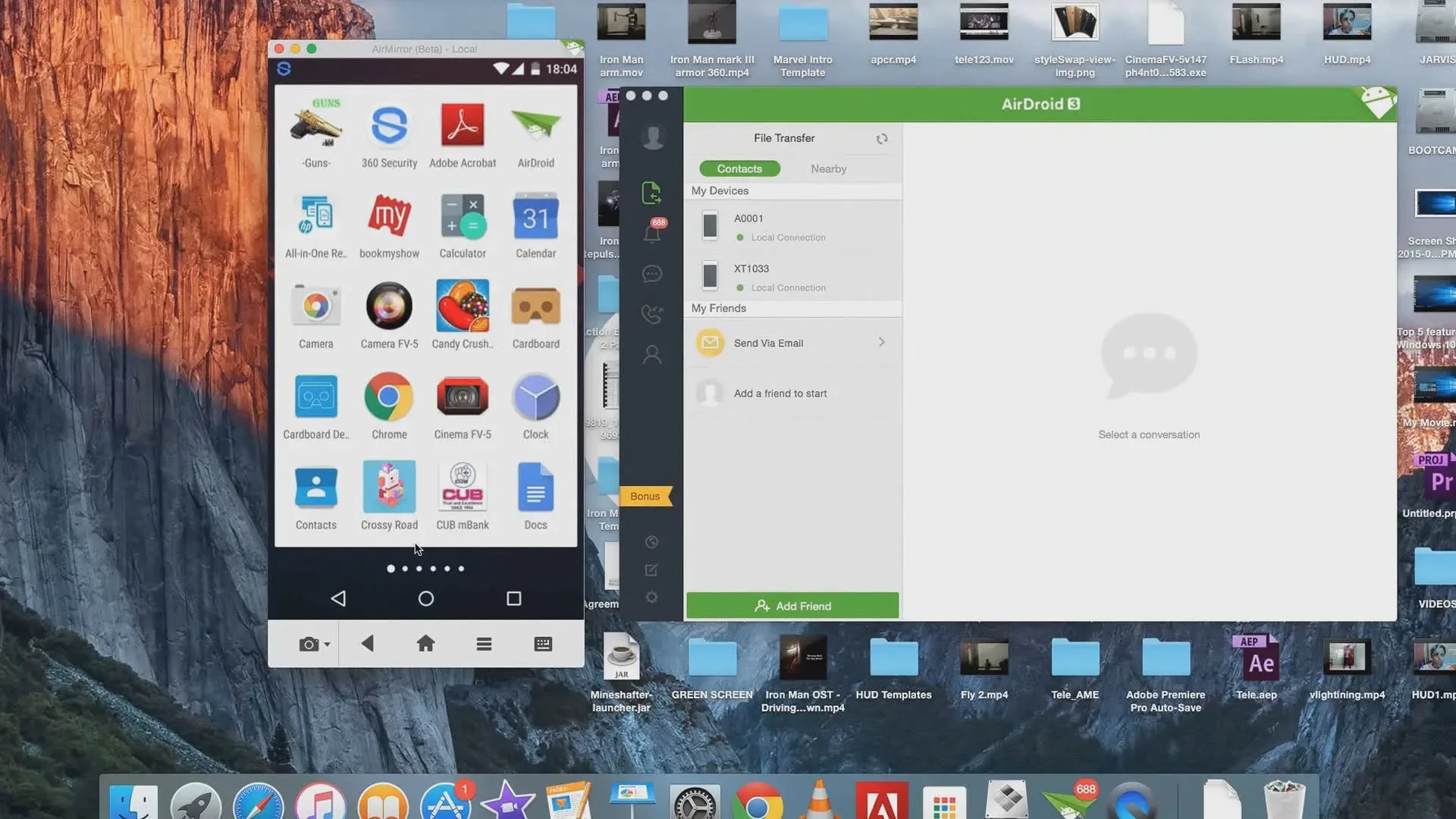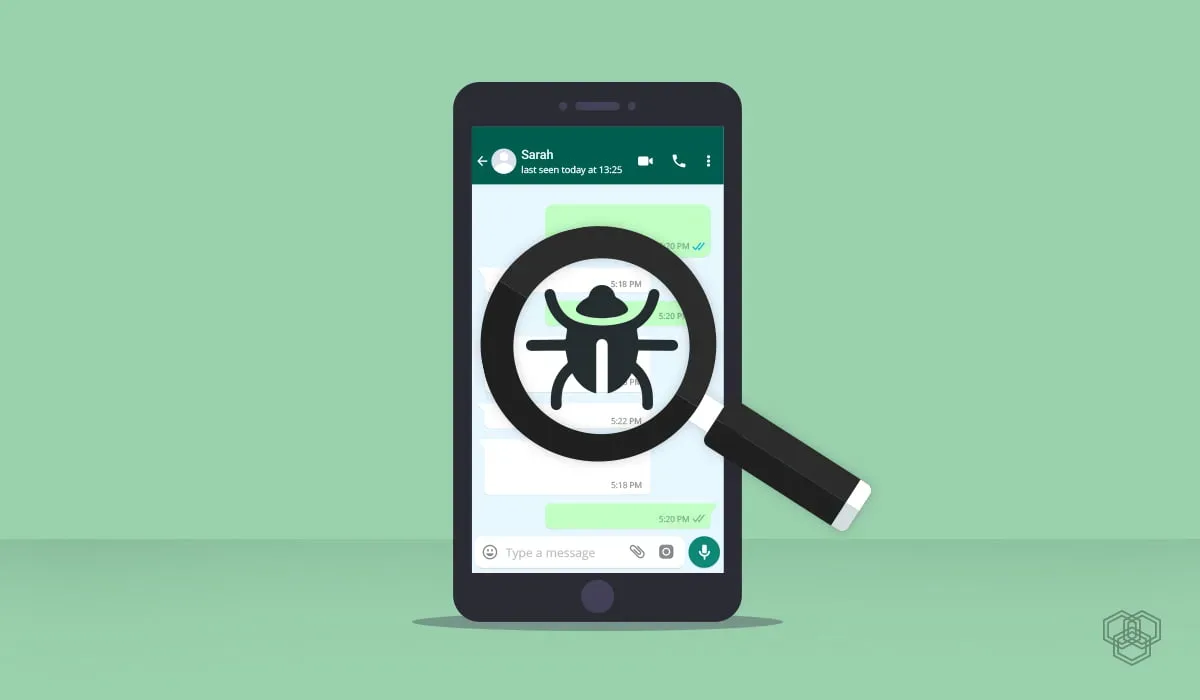Android rooting is a process that allows users to gain root access to their Android devices. This essentially means that users have the ability to gain access to the “root” of their device, which allows them to customize and alter the operating system, install custom applications, and more. Android rooting is an advanced technique and is not recommended for novice users, as it can be dangerous if performed incorrectly.
Today, we present the best Android rooting guide with step-by-step instructions.
Table of Contents
What do you know about Android Rooting?
Android is an excellent user opportunity because it provides multiple platforms such as MarshMallow, Jellybean, KitKat, and Lollipop. All these platforms are great examples of operating systems developed by OS developers. Unfortunately, using these operating systems doesn’t allow phone users to navigate. For example, it is impossible to change a phone’s operating system. Similarly, installing apps in an operating system without the manufacturer’s permission is impossible.
Most manufacturers don’t allow third-party apps to be installed in their operating systems. Android Rooting is a great option for people who want to enjoy apps other than officials.
For example, a quick Google search yields numerous stories of individuals who have successfully rooted their devices. One example is a user who rooted their Samsung Galaxy S9+ in order to install custom ROMs and other customizations. The user documented their experience in a detailed blog post, which can be found on the XDA Developers website. Other stories can be found on Reddit, tech forums, and other enthusiast websites.
How to root Android?
To root your Android phone, it is necessary to follow these guidelines.
Step 1: Back Up Your Data
Before you begin the rooting process, it is essential to back up any data that you have stored on your device. This includes contacts, photos, music, videos, and any other files you want to keep. You can back up this data to an external hard drive or cloud storage service.
Step 2: Download the Necessary Files
The next step is to download the necessary files for rooting your device. This includes the root software, device drivers, and other tools. Again, downloading these files from a reliable source, such as a trusted website or reputable app store, is best.
Step 3: Enable USB Debugging
Once you have downloaded the necessary files, you must enable USB debugging to connect your device to your computer. This can be done by going into the settings menu on your device, selecting “developer options,” and then enabling USB debugging.
Step 4: Connect the Device to the Computer
Once USB debugging is enabled, you can connect your device to your computer using the USB cable. This will allow you to transfer the necessary files to your device.
Step 5: Install Root Software
After transferring the necessary files to your device, you must install the root software. This is usually a simple process, but depending on your device, it may require a few extra steps.
Step 6: Reboot the Device
Once the root software is installed, you will need to reboot your device. This will allow the software to take effect and begin rooting your device.
Advantages of Rooting Android
Rooting your Android device gives you access to a wider variety of apps, deeper access to the Android system, the ability to customize your device beyond what is typically possible, and the ability to flash custom ROMs to get the latest versions of Android before they are officially released.
Block unnecessary advertisements
Users always feel annoyed when they see an advertisement while using apps. Would you like to avoid these advertisements? Just root your Android and block all the advertisements. Rooting an Android device also works as an advertisement blocker. Remember, the rooting creates modifications in the original setups and systems. This allows the users to remove apps they don’t like.
Android Skin Customization
Usually, users don’t like to use app skins installed by manufacturers. However, changing these skins without using Android Rooting is very difficult. Therefore, the biggest advantage of rooting your Android device is that you can easily change the software skins.
More Internal Storage
Transferring applications from Internal Memory to SD cards is a great option. Users with low internal memory usually face poor performance on Android phones—transfer apps from internal memory to SD card. Rooting your Android allows shifting the apps quickly.
Installing third-party custom ROMs
By rooting your Android device, you will be able to install custom ROMs that would otherwise not be available on your device. This can provide you with additional features and performance improvements.
Complete control over your device
By rooting your device, you will have complete control over your device. This means that you will be able to do whatever you want with your device, which includes removing bloatware, changing settings, and more.
Improved Battery Life
Rooting your device can improve your battery life since you will be able to remove apps that are running in the background.
Installing Apps that Require Root
Some apps require root access in order to function properly. Rooting your device will allow you to install these apps and take advantage of their features.
Improved Performance
Rooting your device can improve its performance since you can remove apps that are slowing down your device, or install performance-enhancing apps.
Risks associated with Android Rooting:
There are several risks associated with rooting. No doubt, this option is useful, but there are some risks. According to some users, android phones show multiple problems when rooted. So here are some excellent Android tricks without having to root your phone.
Here are some risks of rooting.
- Turning Android into a brick: Rooting the Android device may turn it into a brick. As a result, there are high chances of software damage. Actually, rooting modifies the operating system and code. This is why it can damage your phone.
- Voiding the warranty: No doubt, it is legal to use Android Rooting, but it can change your phone’s warranty status. It has been noticed that manufacturers don’t give any service if the warranty has been voided.
- Security breaches: The security system becomes more vulnerable in the case of rooting. Disturbing system codes of your Android phone may bring more viruses and malware.
- Unofficial Updates: Rooting an Android device may make it vulnerable to unofficial software updates, which can lead to instability and security risks.
- Data Loss: Rooting an Android device can cause data loss if not done correctly.
Conclusion
Android rooting is an advanced technique that can be dangerous if performed incorrectly. That being said, it is a great way to customize your device and gain access to features that are not available with the stock operating system. If you follow the steps outlined in this guide, you should be able to root your device without any issues. Just make sure to back up your data first, and always download files from a reliable source.
Frequently asked question
Q: What is rooting, and how can it be used?
Ans: Rooting is a technical term used to access codes and systems. Android phones usually come with complex operating systems such as Linux Kernel. These systems keep the phones or gadgets limited in application installation. For example, people using Apple iPhones can’t download or install applications from third-party sources. Instead, they must download the “App Store” applications to enjoy working. iPhone users trying to download applications from other sources will end up with a corrupted file that will not install entirely and will not function.
Q: Is it good to root your phone?
Ans: It depends. Rooting your phone can offer some benefits, such as being able to install custom ROMs or customize your phone in ways that would not be possible with a standard Android installation. However, it also comes with risks, such as voiding your warranty, decreasing your device’s security, and potentially damaging your device. Therefore, it is important to weigh the pros and cons carefully before deciding whether to root your phone.
Q: Why is rooting illegal, or is it illegal to root a device?
Ans: Rooting a device is generally legal, although certain uses of a rooted device could be illegal. In some cases, rooting a device may violate the terms of service of the device’s manufacturer, or void the device’s warranty. It is also possible that rooting a device could open up security vulnerabilities. Therefore, it is important to be aware of the risks associated with rooting a device before attempting it.
Q: Can we root any device?
Ans: No, it is not possible to root every device. While some devices can be rooted, others may not support rooting due to security restrictions or other factors. It is best to research your device before attempting to root it.
Q: How powerful is the rooted device?
Ans: The power of a rooted device depends on the device itself and the operating system it is running. Generally, rooted devices offer more capabilities and flexibility than non-rooted devices, but performance will still vary depending on the device and the OS.
Q: Will my phone gets faster if I root it?
Ans: No, rooting your phone will not necessarily make it faster. In some cases, it may actually make your phone slower. Rooting your phone will give you access to options that are not available on non-rooted phones, but it won’t necessarily make your phone faster.
Q: Is rooting the device risky?
Ans: Yes, rooting your device can be risky as it involves altering the core operating system of your device, which can lead to instability, data loss, and other issues if not done correctly.





Share Your Thoughts